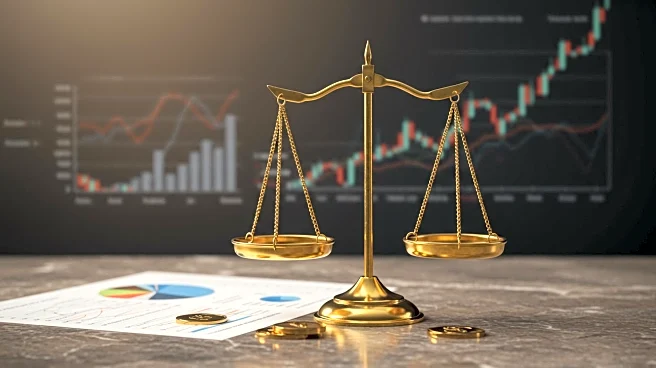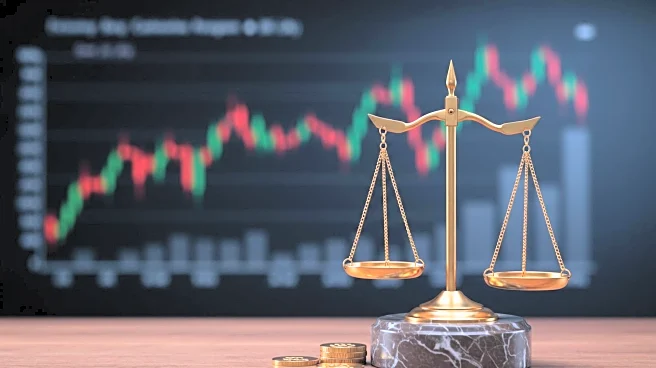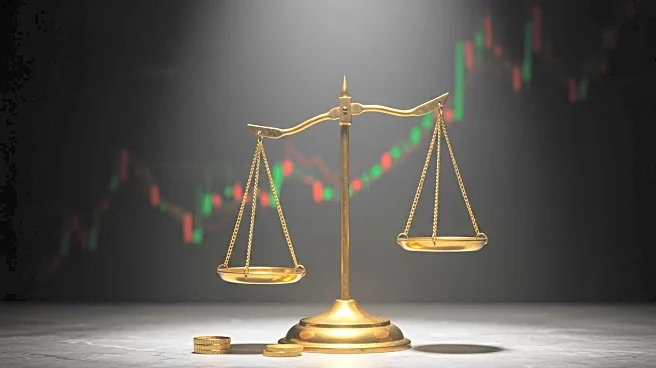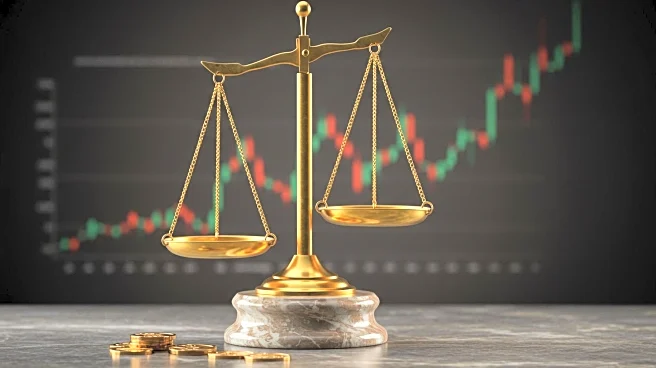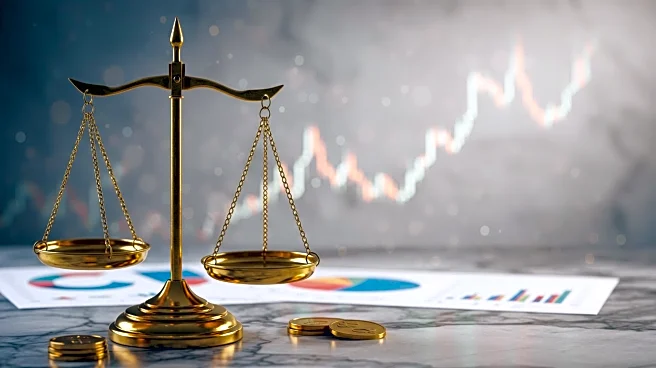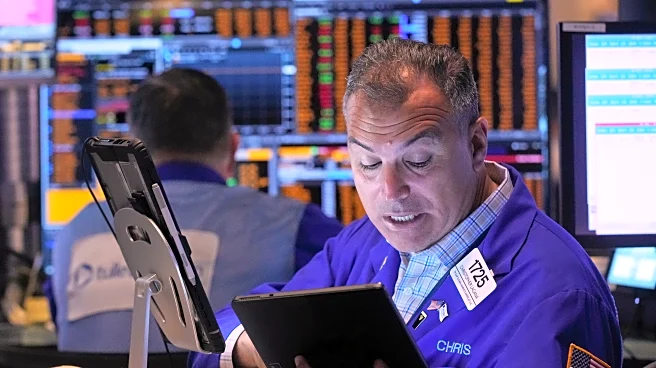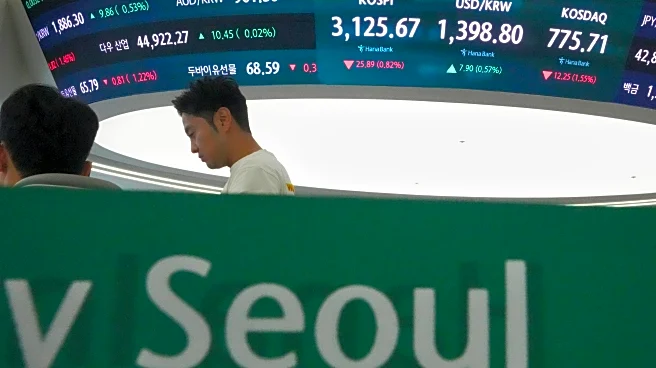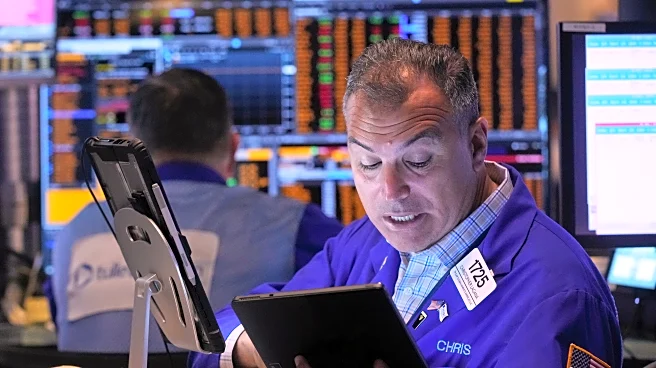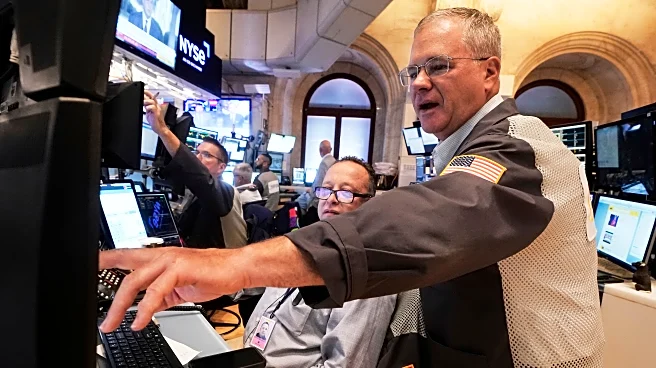What's Happening?
Federal Reserve Chair Jerome Powell has indicated a potential interest rate cut in September, citing rising downside risks to employment despite a recent rise in inflation. Speaking at the Fed's annual conference in Jackson Hole, Wyoming, Powell noted that while the labor market appears balanced, there is a marked slowing in both the supply and demand for workers. This situation suggests potential risks to employment, which could manifest quickly as higher layoffs and rising unemployment. The July jobs report showed a significant slowdown, with only 73,000 jobs added and previous months' gains revised down by 258,000. Investors responded positively to the prospect of a rate cut, with the Dow Jones Industrial Average and the S&P 500 index experiencing significant gains.
Why It's Important?
The potential rate cut by the Federal Reserve is significant as it could lower borrowing costs for millions of Americans, affecting credit cards, auto loans, and certain mortgages. This move comes amid President Trump's tariffs, which are pushing inflation higher and posing a dilemma for the Fed. The tariffs are expected to increase prices and hamper economic growth by reducing consumer purchasing power. The Fed's decision to potentially cut rates reflects its dual mandate to balance inflation and employment, especially as job growth slows and inflation rises. The outcome of this decision could have broad implications for the U.S. economy, influencing consumer spending and overall economic activity.
What's Next?
The Federal Reserve will review the August employment and inflation reports before its mid-September meeting to decide on the rate cut. The decision will depend on the economic data, with a positive employment report or concerning price data potentially delaying the cut. The Fed's approach to monetary policy will continue to be influenced by the effects of tariffs and the broader economic outlook. Investors and economic stakeholders will closely watch the Fed's actions, as they could signal the direction of future monetary policy and its impact on the economy.
